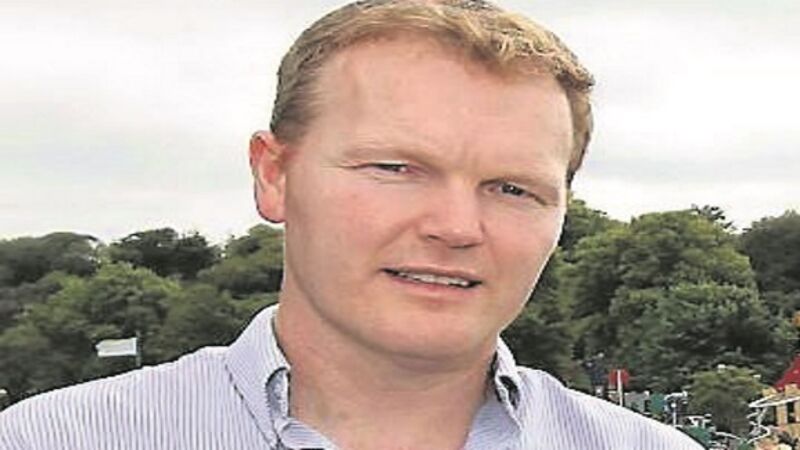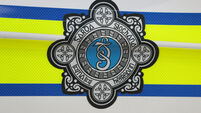Residents may have to pay 10% of traffic-calming costs

The 29-page report, which was unveiled at a meeting in County Hall yesterday, stated that estates will be prioritised for the work, with households asked to pay 10% of overall costs.
Estates getting priority will be ones with a proven accident record, with at least one child reported injured. In addition, high through traffic volumes and number of vulnerable road-users such as children will also get consideration.
However, if no accidents have been reported, council engineers can give priority status if they are satisfied that residents’ fears for the safety of their children are justified.
The council currently has ramps installed in about 87 of the approximately 600 estates located within the county.
A recent nationwide survey indicated that of the 8,725 housing estates nationally, approximately 14% have ramps installed. The average cost of installing a speed ramp is €3,200.
Proposed traffic-calming measures will include ramps, mini roundabouts, reducing the width of roads, warning signs and speed restrictions of 30kph.
The council is also to enter into consultations with developers to ensure traffic calming measures become part of all new planning applications.
Some councillors said the bylaws would need tweaking, but more importantly, special funding would have to be set aside to ensure projects were completed.
The report stated that retrofitting traffic calming measures in existing residential estates could be expensive and may require a local contribution from residents in the order of 10%.
It also stated “where a local contribution is paid in respect of a particular scheme, such scheme may receive a higher priority”.
Fianna Fáil councillor Seamus McGrath said there had been many requests from people living in estates. He wondered how realistic a 10% contribution would be as traffic-calming measures could be quite expensive.
Council chief executive Tim Lucey said that would be up to councillors when they meet in November to discuss their annual budget.












